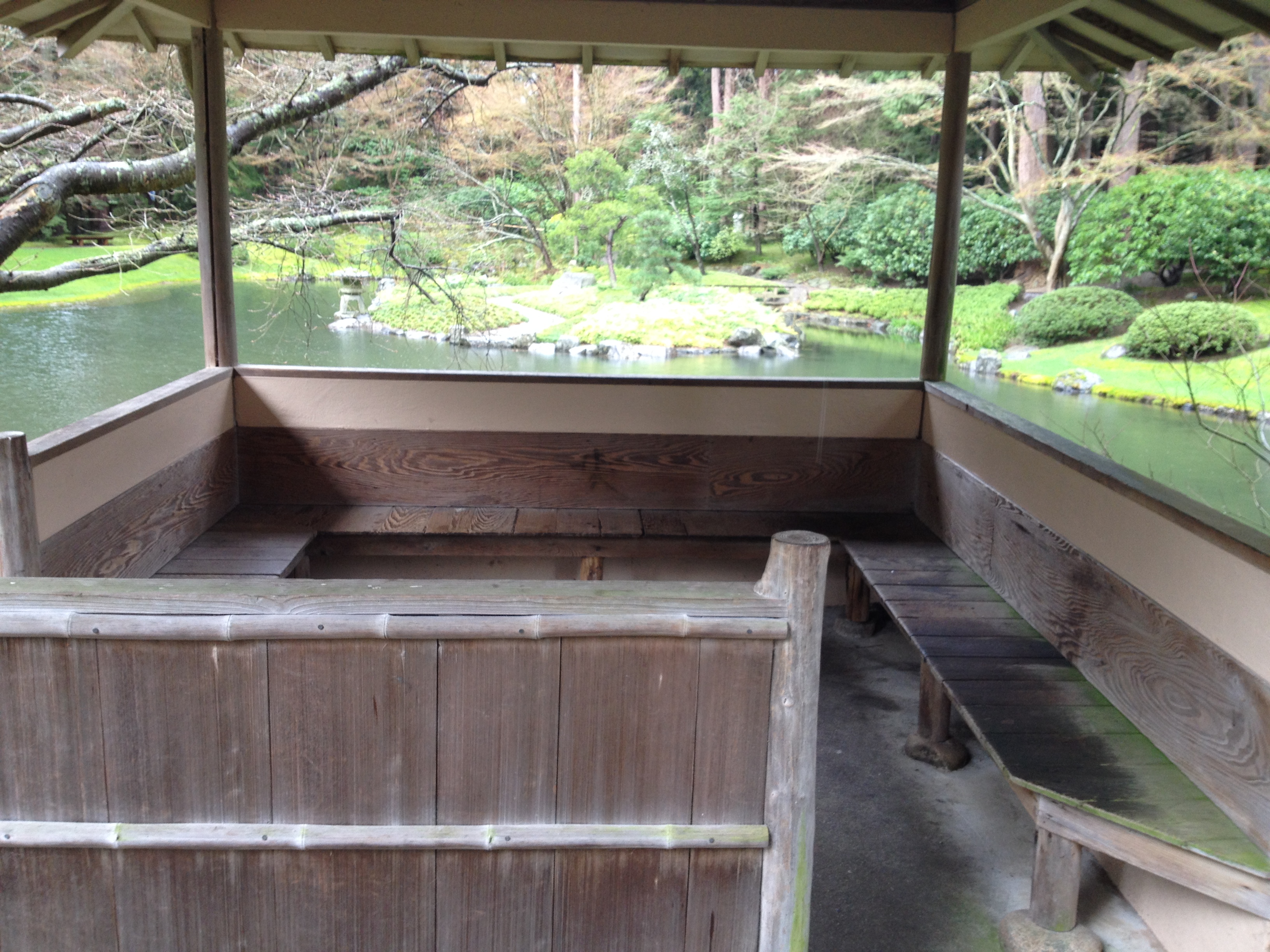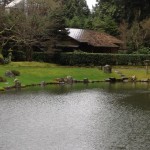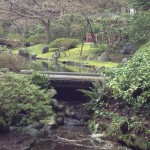Shichi-go-san (七五三), directly translated as simply the numbers seven, five and three hold significant importance within Japanese society. There’s an annual festival day held on November fifteenth for children ages three, five and seven and as Ryo Sugiyama pointed out in his presentation of the Nitobe garden, many Japanese aesthetic beliefs and conventions are also based off of this concept.
In the context of Japanese garden design, the concept of shichi-go-san does not specifically refer to a strict ratio or order in which objects are placed but rather, as Sugiyama describes, a technique where similar or identical objects are grouped (often in threes) and presented with subtle variation that serves as a form of visual stimuli.
Unsurprisingly, this design concept is visible in various different forms throughout UBC’s Nitobe garden; some of which are shown in the pictures below.

In the picture above, notice that the bushes surrounding the small statue of Dr. Nitobe are all different types of plants and slightly varied in height. Almost all of the orientation of trees, rocks and bushes in the garden are constructed in similar fashion. Here are a few more examples:
In fact, the only place in the garden where bushes are perfectly aligned is where they’re meant to serve as fences. Such as the bushes surrounding the tea house shown below:

The pavilion in the middle of the garden is also constructed in a way which the seats are three different lengths:

The entire garden also features three water drops (落とす) of varying sizes all connected together:
References:
Sugiyama, Ryo. “Nitobe Garden.” Lecture, University of British Columbia, Vancouver, BC, February 24, 2016.




